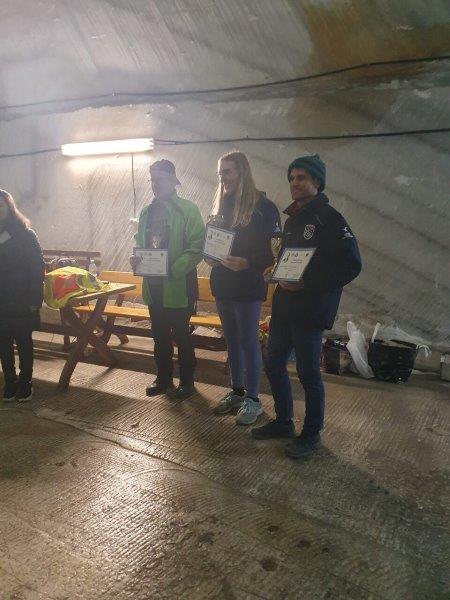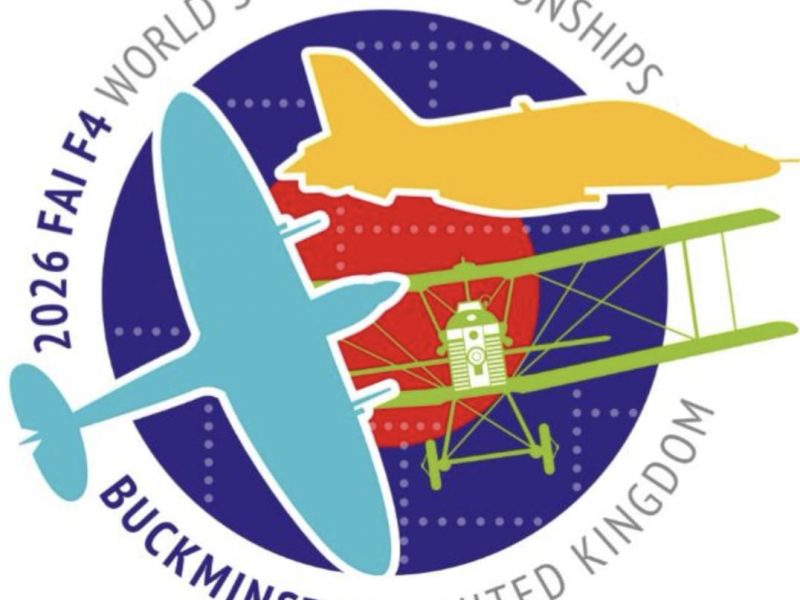<p>The European Aviation Safety Agency (EASA) has recently launched its ‘Prototype Rules’ for the regulation of ‘unmanned aircraft’ throughout Europe. In their current form, the proposals represent a serious threat to model flying as we know it which I cannot understate. You can read the ‘Prototype Rules’ and the ‘Explanatory Note’ here: <a href="https://www.easa.europa.eu/easa-and-you/civil-drones-rpas">https://www.easa.europa.eu/easa-and-you/civil-drones-rpas</a></p>
<p>The Prototype Rules are clearly written to deal with the rapidly developing area of ‘drone’ operation (at this time principally multi-rotor aircraft). Unfortunately, ‘drones’ and model aircraft share the same legal definition as ‘unmanned aircraft’ (UA) which means that the proposed regulations also capture model flying.</p>
<p>There have undoubtedly been some breaches of existing laws by pilots operating ‘drones’ in ignorance of the regulations (or with disregard for them) which have received sensationalised coverage by the media. I am doubtful that the proposed complex regulations will address this problem in any way.</p>
<p>There is also concern that ‘drones’ may be used for illegal or terrorist acts, but again I very much doubt that the proposed regulations will have any bearing on this. There are some fairly stringent regulations in place for shotguns, but it doesn’t stop people occasionally using one to hold up a Post Office!</p>
<p>The rules are ‘prototype’ at this stage as currently EASA has no power to regulate any aircraft below 150Kg. Unfortunately, it seems a matter of formality that the European Parliament will grant them this power in the very near future.</p>
<p>For model flying, the proposed Prototype Rules are largely unnecessary, overly complex and disproportionate given the widely acknowledged safety record for model flying established over the last century throughout Europe. </p>
<p>EASA are struggling to get to grips with model flying as an activity. As written, the proposals seem to represent a fine example of the worst excesses of EU regulation, developed to deal with an area where it is simply not required and even EASA themselves acknowledge that there is no real problem. It’s a sledgehammer to crack a non-existent nut! </p>
<p>The proposals do not fit many established forms of model aircraft types such control line and free flight. EASA seems unable to grasp that model flying covers an enormous range of activities from indoor duration models weighing little more than a gram, up to complex turbine powered radio controlled aircraft and everything in between (including balloons and rockets). As such, whilst I would accept EASA’s comment that it is ‘difficult to produce a definition for model aircraft’, I cannot accept that they are unable to define model flying as a specific area of operation.</p>
<p>EASA argue that excluding model aircraft from the prototype rules would allow operators to declare their ‘drone’ as a model aircraft and escape the requirements, therefore ‘opening a safety gap’. I argue that this would only be an issue if the ‘drone’ was flown outside of the terms of ‘model flying’ which would be limited to sport & recreation in accordance with rules agreed with the national authority (CAA) and carried out within unaided visual line of sight. EASA state in justification that ‘<em>a significant number of incidents are caused by unmanned aircraft operated non-commercially</em>’. It is my view that the number of credible reports is overstated and perhaps not as ‘significant’ as suggested. There are no longer any UFO reports, only ‘drones’ (though one of these may actually have been a carrier bag!).</p>
<p><strong>Model Flying for Association Members</strong></p>
<p>EASA has placed model flying carried out within the framework of associations/clubs (like the BMFA/LMA/SAA) within their proposed ‘Specific Category’ and in Article 15 they provide some ‘Transitional Provisions’ covering the three years from implementation of the rules. After the ‘transition’ period, it is proposed that ‘<em>authorisations are issued by national authorities to associations or clubs taking into account their safety record’ </em>and defining which regulations will or will not apply.</p>
<p>EASA’s intent with Article 15 was to allow national authorities (like our own Civil Aviation Authority) some freedom to largely maintain the ‘status quo’ for model flyers, but only for the benefit of ‘<em>those operating within associations or clubs with proven satisfactory safety records’</em>. However, the ‘Prototype Rules’ lack clarity on how this would be achieved in practical terms and still leave the potential for large areas of the proposals to be applied disproportionately to model flying.</p>
<p><strong>Model Flying for individuals outside of Association Membership</strong></p>
<p>Model flyers operating as individuals outside of an association would fall within the ‘Open Category’ with their aircraft having to comply with ‘Product Requirements’ which could include requirements for functionality not found in model aircraft such as geo-fencing, height limiters, electronic identification and auto return home functions. It also places a minimum age restriction of 14 on all but the most basic category.</p>
<p>The ‘Product Requirements’ also limit electric powered aircraft to 48 volts and stipulate that the aircraft ‘<em>must not be explosive or contain elements likely to explode’ </em>(presenting a bit of a problem for model rocketry and gas turbines!) and require labelling with the appropriate ‘product class’ (which depicts the image of a multi-rotor!).</p>
<p>The ‘Product Requirements’ may be fine for large ‘drone’ manufacturers, but many model aircraft are manufactured in low volumes by small enterprises and I think that there is a very real danger that unnecessary and irrelevant over-regulation will drive many of them out of business.</p>
<p><strong>Registration for all!</strong></p>
<p>The ‘Prototype Rules’ require the registration of all operators of ‘unmanned aircraft’ within their own country and requires them to display their registration marks on all of their aircraft. EASA states that <em>‘registration will also require new resources and it is envisaged that these resources will come from a proportionate fee to be paid by the people who register as UA operators’</em>. Our hope it that membership of an established model flying organisation would satisfy the requirement to register, but this is far from certain.</p>
<p>EASA stated clearly in their Technical Opinion published last Christmas that the intention was to ‘<em>develop rules which will not affect model aircraft flying</em>’ but they certainly seem to have failed in this regard. </p>
<p>The significant numbers (over 500,000 throughout Europe) in the model flying community would be best served were EASA to follow the lead set by the Federal Aviation Administration in the USA whose comparable rules ‘<em>do not apply to model aircraft’</em>.</p>
<p>Europe Air Sports has worked hard to defend the status of model flyers throughout Europe over the last 12 years and along with the Secretary General of the FAI, we met directly with EASA in June this year to ‘present the case’ for model flying. Sadly, EASA seem to have largely ignored what we told them, probably due to political pressure. Regardless, Europe Air Sports remains very active on the ‘front line’ in the fight to defend the interests of model flyers throughout Europe.</p>
<p>EASA has ‘gone wrong’ in the past with the application of disproportionate regulation to other recreational aviation activities (such as gliding and ballooning), which has taken years to undo. As written, I am concerned that the ‘Prototype Rules’ represent a case of history repeating itself.</p>
<p><strong>What can we do?</strong></p>
<p>Europe Air Sports has registered its concern to what has been proposed and is involved in ongoing discussions with EASA on a positive basis. Representatives of EAS & FAI will be meeting directly with EASA again in the very near future to explain why we think they have got it wrong.</p>
<p>In partnership with our colleagues throughout Europe, we are proposing to form a European Model Flying Union (representing at least 500,000 model flyers) to collectively challenge EASA’s proposals.</p>
<p>As stated at the outset, these are ‘Prototype Rules’ and are the start of the rulemaking process. As such, we will have further opportunities to provide input into the process as it proceeds. However, it does indicate EASA’s current line of thinking.</p>
<p>A proposal has been submitted to the TRANSPORT Committee of the European <a name="_GoBack"></a>Parliament to amend the EASA ‘Basic Regulation’ which would place model flying outside the scope of EASA regulation and leave it under the control of national authorities. The vote on this is expected to take place on 10/11 October and through Europe Air Sports we will be lobbying the relevant MEP’s and monitoring developments closely.</p>
<p>As it stands, the BREXIT vote has no bearing on the implementation of EASA regulations within the UK. However, we are fortunate in the UK that the CAA remain broadly supportive of model flying and have confirmed that “<em>our desire is to have small unmanned aircraft regulations that are realistic, proportionate and above all, simple to understand and use</em>”. </p>
<p><strong> </strong></p>
<p>Dave Phipps</p>
<p>Aeromodelling Technical Officer to Europe Air Sports</p>
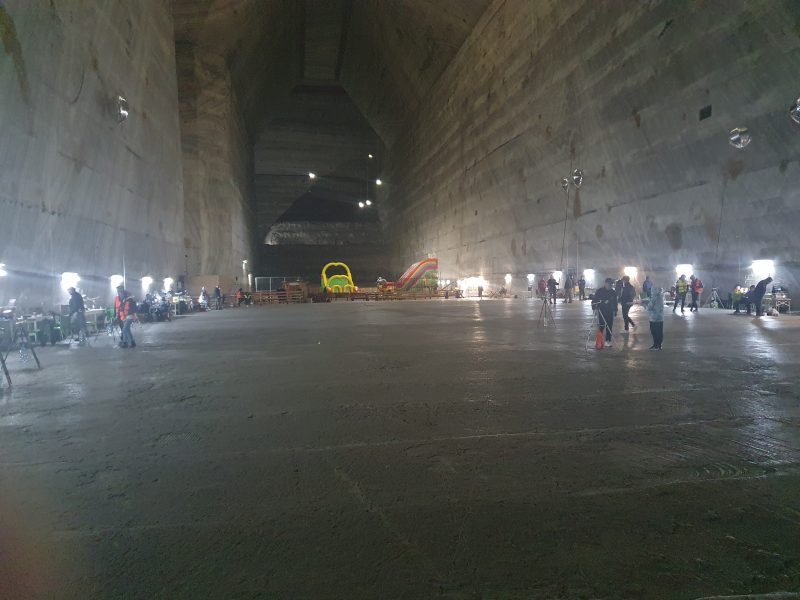
F1D World Champs Final Day
26/03/2024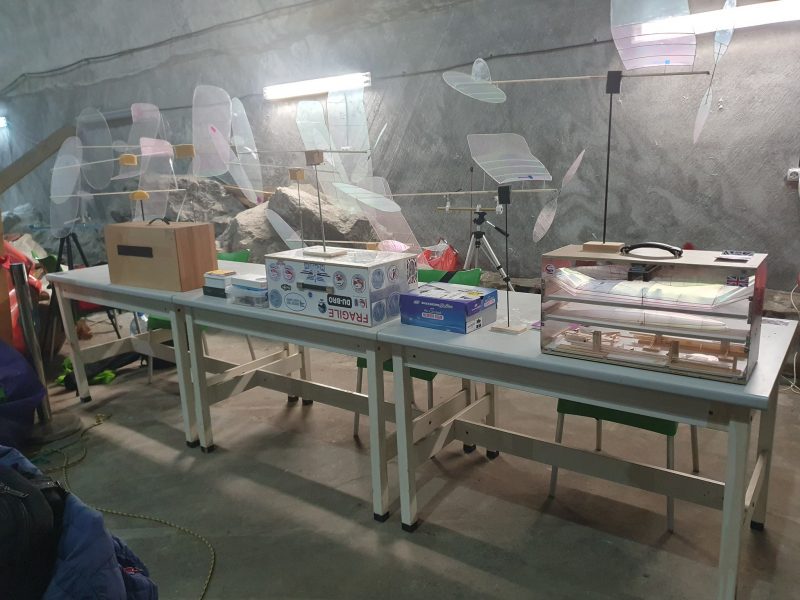
F1D World Champs Day 7
25/03/2024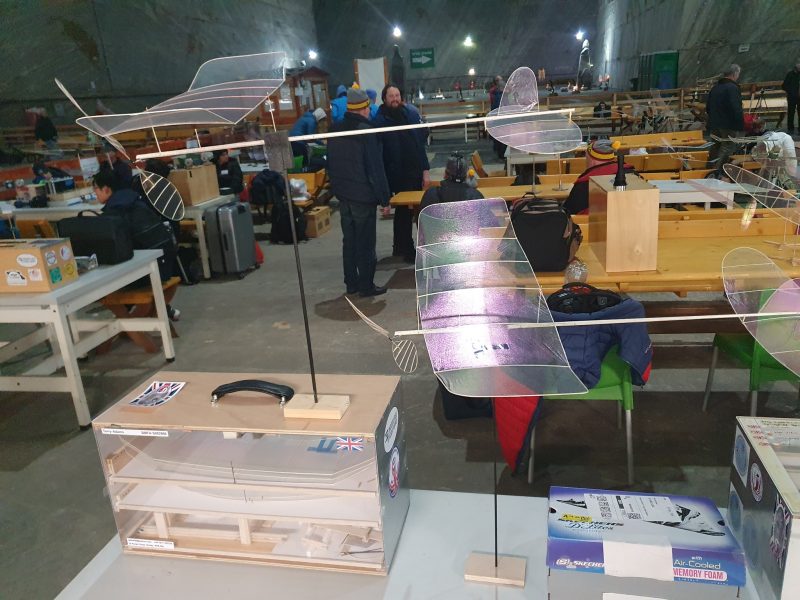
F1D World Champs Day Sunday
25/03/2024
F1D World Champs day 4 official practice
24/03/2024F1D World Champs Day 3 Otto Hints Trophy
22/03/2024